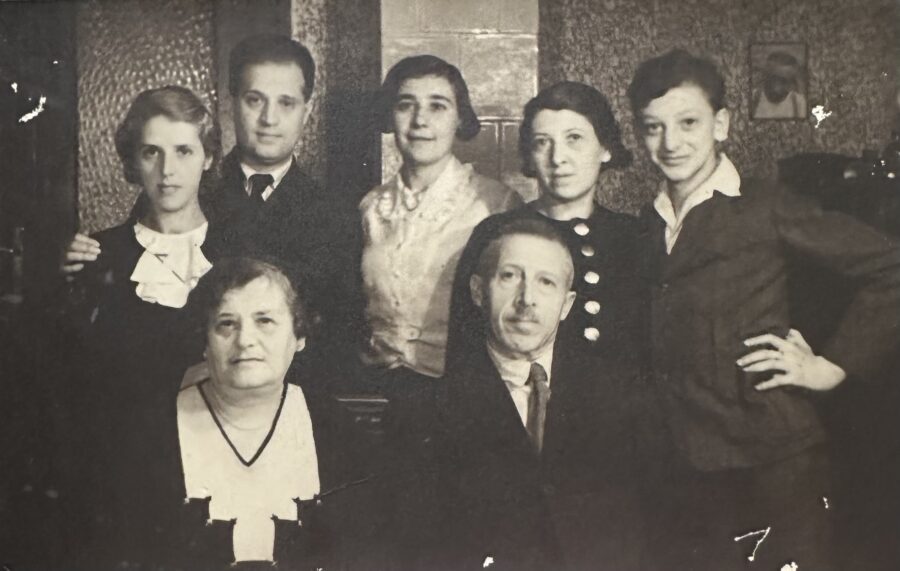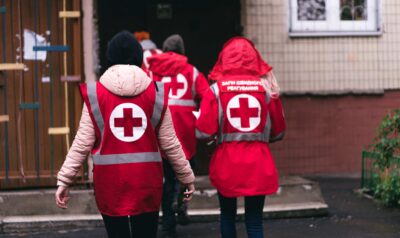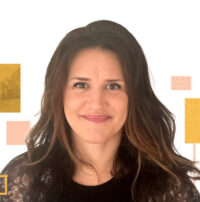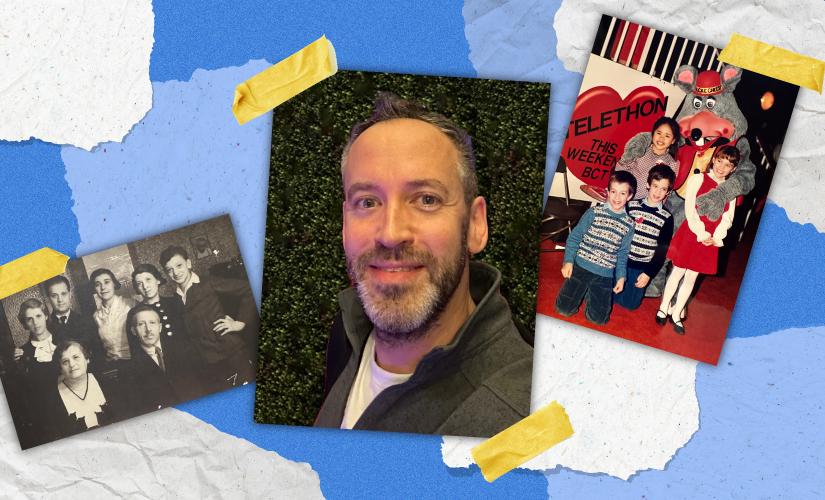Why We Give: Kyle Gruen
December 20, 2023
9 min read
Creating real, tangible change might be as simple as one person saying, “I want to do something about this, do you?”
When the Russian invasion shattered the lives of millions in Ukraine nearly two years ago, narratives of displaced families and missing children punched Kyle Gruen square in the gut. Even from 9000 km away in Vancouver, the devastation of war hit close to home and stirred an instinctual desire to help. The day after the news broke, Kyle created the Ukraine Humanitarian Giving Group with an initial fundraising goal of $10,000.
As it turns out, when compassion urges us to act, chances are there’s a sea of people feeling the same call—it just takes that one person to clear a path. Over 100 Canadians have contributed to Kyle’s Giving Group, raising an incredible $122,579.50 (and counting) since it was created in February 2022. We spoke with Kyle about where the drive to give comes from, the success of his Giving Group, and the profound value of collective giving.
What led you to create the Ukraine Humanitarian Giving Group?
I’ve used Charitable Impact for over ten years and have always been a huge proponent of collective giving. I started my first Giving Group in 2011 and was really struck by the incredible impact and reach that collective giving made possible. It wasn’t only about what you could give on your own but the impact you could make if you brought together a group of people. I have held that as one of the key reasons why I give through Charitable Impact.
I started the Ukraine Humanitarian Giving Group the morning after the news came out about what was going on in Russia and Ukraine. I didn’t want to get involved in the politics or debate what led up to the war, but I did want to bring whatever aid I could to the people who were injured, displaced from their homes and had to flee Ukraine. That’s what it was in the first stage of the war—they were pushed out city by city.
I launched a poll around people’s impressions of the war for the first couple of weeks to help drive traffic toward the campaign. The goal was to get people who have similar concerns to think about what they can do in the form of giving. From a distance, one of the best things that we can do is provide financial support where we can. Charitable Impact lets you do it in a tax-efficient way, so it’s that much easier to rally donors.
Did you have role models growing up who inspired generosity?

That would have to be my parents. They led by example and involved my twin brother and me in giving early on in our lives. When I think back to all the fundraising we did with our sports teams, it was often my mom and dad who helped organize them. They encouraged us to take part and give back and taught us how to get a group of people together to increase impact.
When my brother and I were 10, they got us involved in a fundraising initiative that really defined giving for me. We used to raise money for the variety telethon each year, and a group of us had a swimathon that raised $1,047 the first year and around $1,800 the next.
Four of us kids swam 400 laps relay style together, and I remember my parents walking around the neighbourhood to collect money with us. People who pledged five cents per lap weren’t expecting 400 laps…this was in 1986, so $20 really meant something! The Variety Club used to put donor names on the side of their vans, and my parents have a framed photo of the van we helped purchase to transport sick kids.
How did you decide which organizations to support?

The initial news—the scale and goals of the attacks—reminded me of my grandparents’ history and what they had to endure. My family came to Canada through the impact of war, and many people have arrived here in the same way.
In the late 1930s, my grandpa fled Austria, and I wanted to do something to help families fleeing Ukraine. The picture to the right is one of the last photos of my grandmother’s family together before heading from Austria to Trinidad. A lot of that side of my family is no longer with us. They weren’t as lucky to get out. My grandparents could bring only a single trunk of possessions between them to start their new life.
This is really impactful stuff that impacts generations. My goal was to hit the ground running with the Canadian Red Cross, address the medical needs with Doctors Without Borders, and support displaced and separated families in Ukraine through Save the Children Canada. Distributing the funds we raised to more than one charitable organization is huge. The ability to choose several charities to benefit from a single fundraising effort doesn’t really exist outside of Charitable Impact’s platform.
There was a lot of news about children being displaced from their families. I’m a father and when you know that kind of love, it changes your perspective. That had an impact on me. It was really good to be able to donate a portion of the money to organizations that focus on that side. They were on the ground to recover children and reunite them with their families. It’s very meaningful work.
Why do you think your Giving Group was able to grow so quickly?
A lot of people are very giving by nature; they just don’t know where to start, and we’re not always good at asking for help. But asking for help on behalf of others is a different thing, and people are waiting for an invitation to make a difference. I think that’s been my biggest eye-opener.

It’s definitely not about me doing some big thing. When you look at the Giving Group page, 100+ people are giving to these critical charities. And I don’t personally know a lot of them—75% of the money has been raised by people who don’t know me. They just found the campaign and it resonated with them. Charitable Impact facilitates that.
It’s tough to get that kind of momentum, so it’s clear that a lot of people identified with the cause and the potential impact they could make. Raising $100,000 is big. I initially set the goal at $10,000 and thought that would be a really good amount to bring people together, but we hit $10,000 very quickly. And I think that momentum brought in people with bigger means and bigger goals. Fundraising is all about momentum.
The charities responded. I have direct contact with the Red Cross through my Impact Account now. Before I put out any communication, I ask them what’s going on and what they’re working on to get a clear idea of what the need is, and they get back to us.
Are you proud of what the campaign has achieved up to this point?
I’m humbled. That money has impacted families and children and people who’ve been hurt. So I guess…yeah. I’m very proud of what the campaign has done. It’s surpassed where we thought it would grow, but again, that’s on the back of all the people that joined the group. We are more impactful as a collective, and this is living proof.
I never thought this Giving Group would still be so needed a year and a half later. My initial goal was to push hard for three months, but the conflict is still happening, and the suffering is not even close to over. The latest figures coming out from European news sources suggest that 7 million people have fled Ukraine, and more than 6.5 million are displaced within the country.
While we all hope the conflict doesn’t carry on, conditions within Ukraine continue to decline 18 months into the invasion, and there isn’t a clear path to resolution. The need for humanitarian support in Ukraine is as crucial as ever. We’ll be keeping the Giving Group open for as long as it’s needed.


